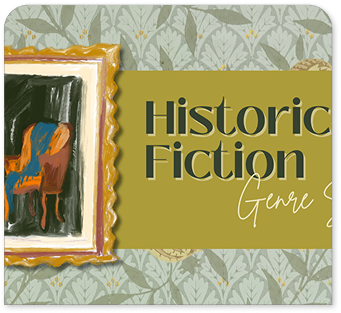-
Mon-Fri: 10AM to 8PM 01722665665
-
My Account
-
-
0
Total :
₹ 0.00

Yes, the book provides a thorough exploration of animal diversity and evolutionary concepts.
The book covers animal diversity, evolutionary concepts, classification, adaptations, parental care, migration, and the origin of life, among other related topics.
The content of the book is meticulously crafted to follow the university syllabus, ensuring all relevant topics for examinations are addressed.
Yes, the book includes engaging illustrations and diagrams that help clarify complex topics and enhance understanding.
Absolutely! The clear language, summaries, and review questions at the end of each chapter make it an excellent resource for self-study.
The exam consists of nine questions, including short answer types and questions from each unit, requiring students to attempt a total of five questions.
Yes, the book provides type studies and examples of numerous animal groups, making the subject matter relatable and more understandable.
Yes, the foundational knowledge and critical thinking skills developed through this book can be beneficial for various competitive exams related to biological sciences.
The author encourages critical thinking through discussions on evolutionary strategies and their significance, prompting students to analyze and connect different aspects of the material.
By presenting the intricacies of animal life and evolution in an engaging manner, the book aims to inspire students and promote a deeper appreciation for the natural world.
No Description Added
Yes, the book provides a thorough exploration of animal diversity and evolutionary concepts.
The book covers animal diversity, evolutionary concepts, classification, adaptations, parental care, migration, and the origin of life, among other related topics.
The content of the book is meticulously crafted to follow the university syllabus, ensuring all relevant topics for examinations are addressed.
Yes, the book includes engaging illustrations and diagrams that help clarify complex topics and enhance understanding.
Absolutely! The clear language, summaries, and review questions at the end of each chapter make it an excellent resource for self-study.
The exam consists of nine questions, including short answer types and questions from each unit, requiring students to attempt a total of five questions.
Yes, the book provides type studies and examples of numerous animal groups, making the subject matter relatable and more understandable.
Yes, the foundational knowledge and critical thinking skills developed through this book can be beneficial for various competitive exams related to biological sciences.
The author encourages critical thinking through discussions on evolutionary strategies and their significance, prompting students to analyze and connect different aspects of the material.
By presenting the intricacies of animal life and evolution in an engaging manner, the book aims to inspire students and promote a deeper appreciation for the natural world.


